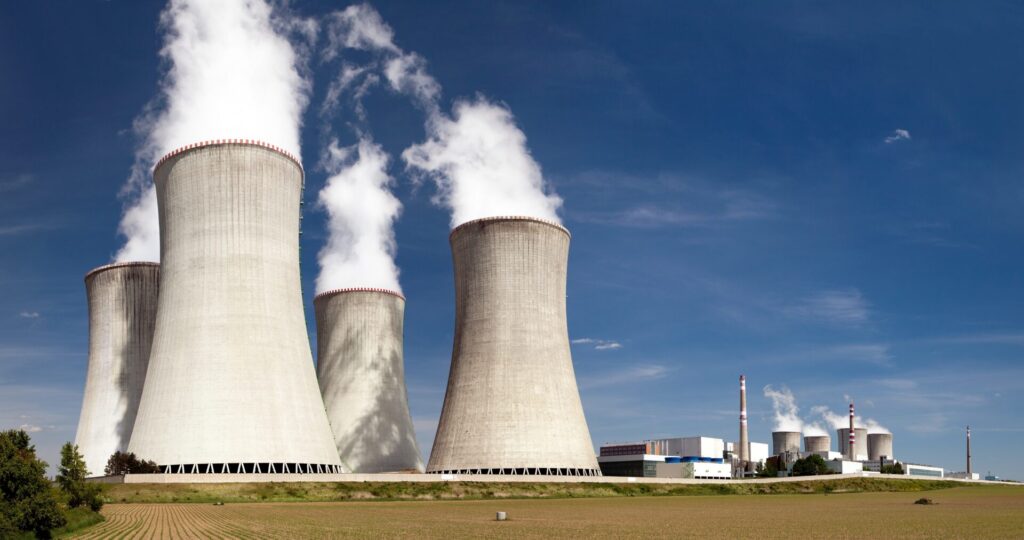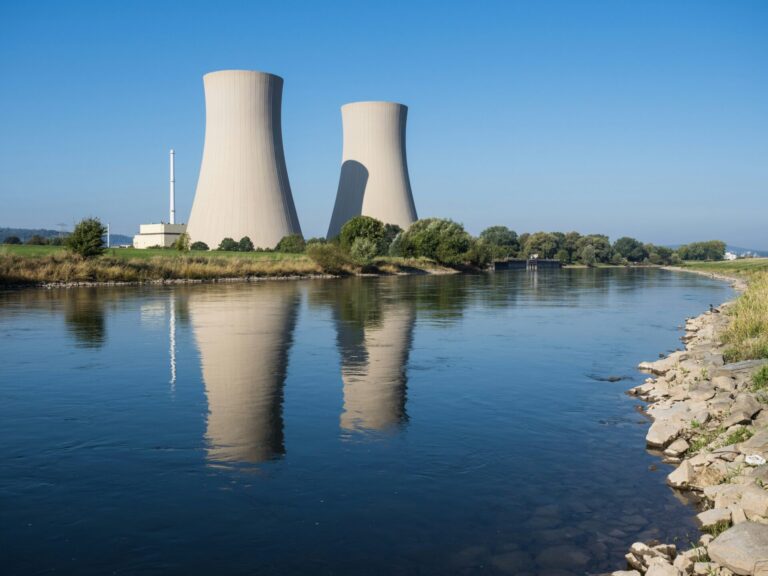In June 2025, Chancellor Rachel Reeves announced a £14.2 billion public investment in the Sizewell C nuclear power station. This marks the largest single funding commitment for new nuclear energy in the UK in decades. Together, with a £3.6 billion pledge from the previous government, total public support now reaches nearly £18 billion. The funding is aimed at speeding up the UK’s transition to low-carbon energy and strengthening long-term energy security.
Project Scale and Economic Impact
Sizewell C, located in Suffolk, will house two reactors and is expected to generate electricity for around six million homes. The project is anticipated to create 10,000 direct jobs and 1,500 apprenticeships during its lifetime, with wider benefits expected throughout the national supply chain.
So far, UK-based companies have secured £330 million in contracts, and more than 70 percent of total project spending is set to stay within the UK.
Private Investment Takes Shape
French energy firm EDF, which is leading the development, confirmed a £1.1 billion investment to support Sizewell C, reducing its stake to 12.5 percent. While this represents a reduction in its ownership, it underscores EDF’s ongoing commitment to the project and supports broader private-sector involvement.
The UK government currently holds around 84 percent of the project. Additional private investors are expected to take significant stakes, helping to secure the remaining funding required to move toward a final investment decision, which is anticipated later in 2025, likely before Parliament’s summer recess.

Wider Sector Growth and Optimism
The positive movement on Sizewell C has sparked broader confidence across the UK’s nuclear industry. The sector grew by 25 percent in 2024, generating approximately £20 billion in revenue. Employment rose by 33 percent, with the workforce now standing at around 87,000 people. This growth reflects both the progress at Sizewell and the continued development of other major projects, including Hinkley Point C.
Investment in New Nuclear Technologies
Beyond large-scale nuclear, the UK government is actively supporting next-generation technologies. Rolls-Royce’s small modular reactors (SMRs) are backed with £2.5 billion in funding, alongside an equivalent amount allocated for fusion energy research over the next five years. These initiatives aim to diversify the UK’s nuclear capabilities, reduce project lead times, and keep pace with international energy innovation.
Challenges and Public Concerns
Despite this momentum, there are concerns about the cost of nuclear for consumers. The project uses a regulated asset base (RAB) funding model, which allows construction costs to be recovered through customer bills over time. Critics argue this could lead to long-term affordability challenges and have called for greater transparency around consumer impact. Others point to possible construction delays and risks in large-scale project delivery.
Even with challenges, Sizewell C represents a significant shift in how the UK approaches energy infrastructure. Backed by substantial government funding, growing investor interest, and a wider strategy that includes SMRs and fusion, the project is part of a broader resurgence of nuclear energy in the UK. As the country looks to balance climate targets with energy resilience, the Sizewell C development offers a signal that nuclear will play a central role in the years ahead.






